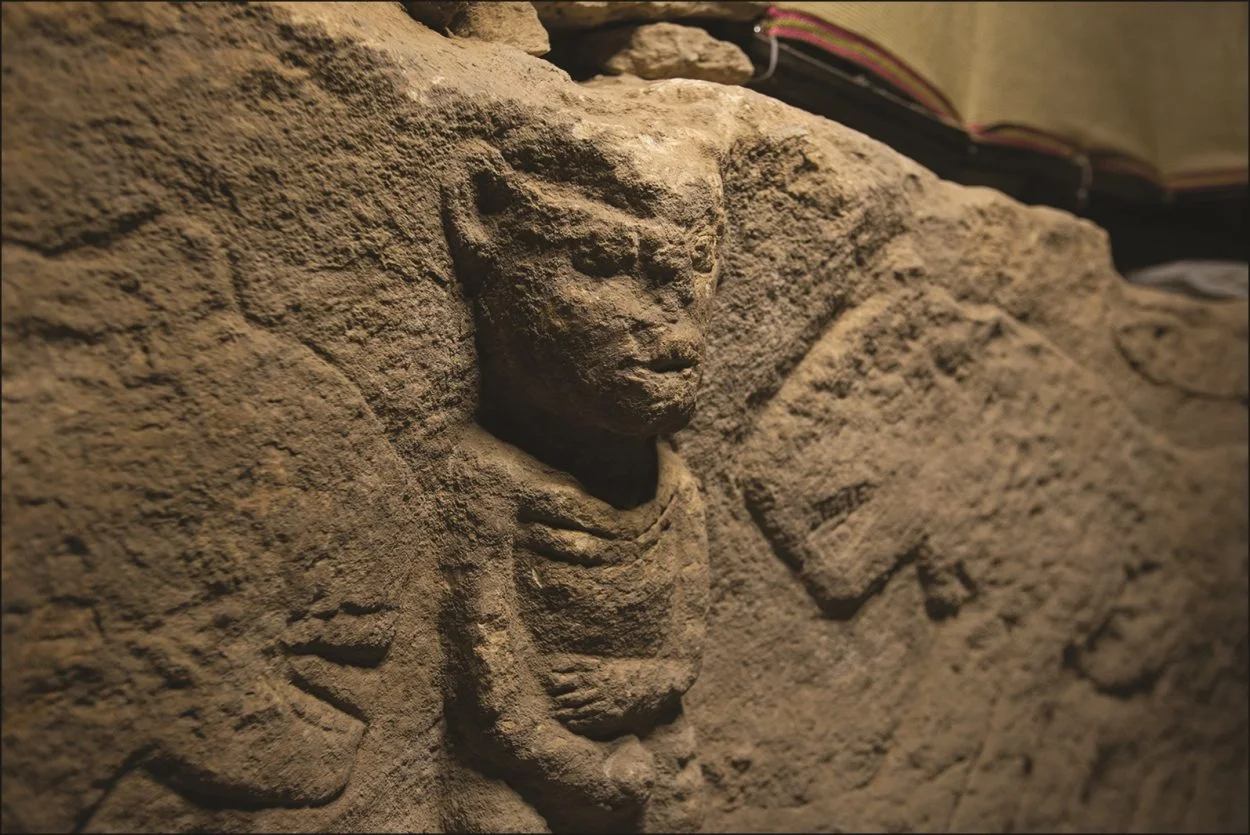A team of archaeologists have discovered what may be the oldest known narrative scene, carved into a 11,000-year-old Neolithic bench at Sayburç in south-eastern Turkey.
The discovery, reported by Dr Özdoğan in the journal Antiquity, was made during excavations at Sayburç which began in 2021. The site is located beneath a modern village in the Şanlıurfa Province.
The bench has two carved scenes that show depictions of people interacting with animals. In one scene is a man grasping his phallus with leopards on either side. The second scene shows a squatting man ringing a rattle at a bull.
“These figures, engraved together to depict a narrative, are the first known examples of such a holistic scene,” said archaeologist Dr Eylem Özdoğan, from Istanbul University, “This was a picture of the stories that formed the ideology of the people of that period.”

The site at Sayburç was inhabited during the Neolithic in the 9th millennium BC, a period when people shifted from a mobile hunter-gatherer lifestyle to farming and living in long-term settlements.
Excavations have also uncovered several residential buildings, as well as a large communal structure lined with stone benches along the walls, that may have served as a focal point for gatherings or ritual activities. The researchers believe that the narrative scenes on the bench may depict historical characters or mythical figures that were a key part of the community’s traditions.
“This building has all the characteristic features of the communal structures in the region. In this structure, as in other similar ones, animal and human images were found. However, here the characteristic figures of the period coexist and form a scene,” said Dr Özdoğan.
“Archaeological evidence can provide some insight into the traditions of past societies, but clearer evidence rarely survives, so this discovery is exciting,” said Dr Özdoğan, “Sayburç has very clear evidence in this respect and has the potential to tell us a lot about the Neolithic”.
https://doi.org/10.15184/aqy.2022.125
Header Image Credit : Antiquity





